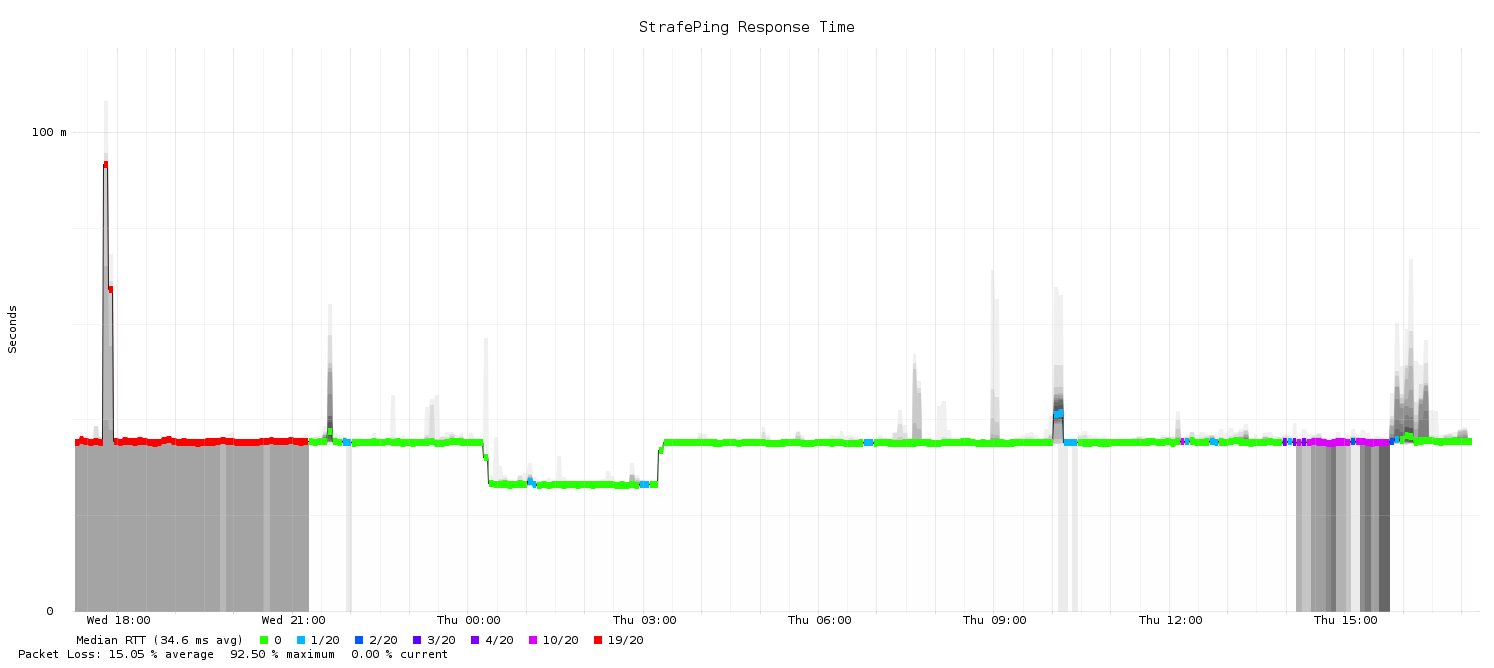This week the Gang of Four is down to three as Stuart is off on holiday with his daughter in New York City. The episode runs 82 minutes long and I’m seeing a trend that the shorter episodes happen when Jeremy is out. I think it is because he clutters up the whole show with facts and reasoning.
The first segment asked the question “Are we in another tech bubble, and if so, what shape is it?” Of course we are in another tech bubble, as Jeremy so deftly demonstrates by comparing a number of start ups with over a billion dollars in valuation to real companies such as General Electric. They talk about a number of reasons for it, but I think they left an important one out: egos.
Look, growing up as a geek in the late 1970s early 1980s, we didn’t get much respect. Now with the various tech bubbles and widespread adoption of technology by the masses, geeks can at least be wealthy if not popular. But I think we still harbor, deep down, a resentment of the jocks and popular kids that results in problems with self-esteem. Take Marc Andreessen as an example. By most measures he’s successful, but take a look at him. He is not a pretty man, even though that male pattern baldness does suggest a big wee-wee. I think he still has something to prove which is why he dumps money into impossible things like uBeam which has something like a $500MM valuation. I think a lot of the big names in Silicon Valley have such a huge fear of missing out that they drive up valuations on companies without a business model and no hope of making a profit, much less a product.
But then Microsoft bought LinkedIn for $26.2B so what do I know.
Well, I do know the shape of the tech bubble: it’s a pear.
In the next segment the guys almost spooge all over themselves talking about the Pixel C tablet. I’ve never been a tablet guy. I have a six-inch … smart phone and it works fine for all of my mobile stuff. If I need anything bigger, I use a Dell XPS laptop running Mint. I do own a Nexus 10 but only use it to read eBooks that come in PDF format.
But all three of them really like it, meaning that if I decide to get a new tablet I’ll seriously consider it. Bryan did mention a couple of apps I was unfamiliar with, so I’ll have to check them out.
The first is called Termux and it provides a terminal emulator (already got one) but it adds a Linux environment as well. Could be cool. The other is DroidEdit which is a text editor for Android with lots of features, similar to vim or gedit on steroids. Bryan used these during his ill-fated attempt to live in the Linux shell for 30 days.
Apparently the Pixel C is magnetic, with magnets so strong you can hang it on your fridge. Add a webcam and I won’t need one of these.
The third segment was on Nextcloud. I’ll give the Nextcloud guys some props for getting press. This is something like the third in-depth interview I’ve listened to in the past three weeks. If you’ve been living under a rock and don’t know that Nextcloud is a fork of OwnCloud, start here. They interviewed Frank Karlitschek and Jan-Christoph Borchardt about the split and their plans.
I was hoping for more details on what caused the fork (because I’m a nosy bastard) but Jono starting off with something like a 90 second leading question to Frank that pretty much handed him an explanation. I was screaming “Objection! Leading the witness!” but it didn’t help. I guess it really doesn’t matter.
I do think I’d really enjoy meeting Frank. They are dedicated to keeping Nextcloud 100% open source (like good ol’ OpenNMS). They also brought up a point that is very hard to make with large, complex open source projects. Everyone will ask “How do you compare with OwnCloud” when the better question is “How do you compare to Dropbox”? At OpenNMS we are always getting the “How are you different from Nagios” when the better question is “How do you compare to Tivoli or OpenView”?
The fourth segment was on the XPrize Global Learning Project. The main takeaway I got from it was that the very nature of the XPrize doesn’t lend itself to the Open Source Way. The prize amount is so high it doesn’t encourage sharing. Still, a couple of projects are trying it so I wish them all the luck.
The final “segment” is the outro where the guys usually just shoot the breeze. They mentioned Stuart, visiting the US, getting slammed with Brexit questions, and I do find that amusing having traveled to the UK numerous times and been peppered with questions about stupid US politics. It’s one of the reasons I hope Donald Trump doesn’t get elected – I’m not ready to go back to claiming to be Canadian when I travel.
They also talked about fast food restaurants. I’m surprised In-N-Out Burger didn’t get a mention. From the moment a new one opens it is usually slammed at all hours. They did mention Chick-Fil-A, which I used to love until I boycotted them over their political activism. There is a pretty cool article on five incredible fast food chains you shouldn’t eat at (including Chick-Fil-A) and one you should but probably can’t (In-N-Out).
Overall I thought it was a solid show, although it needed more ginger. Good to see the guys getting back into form.
